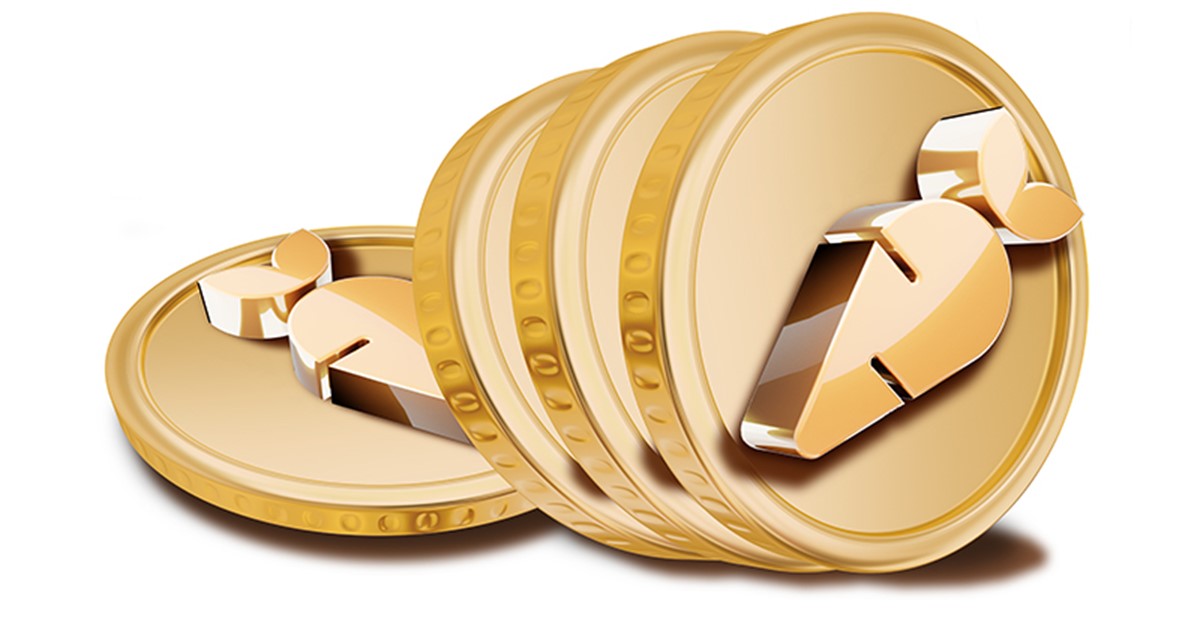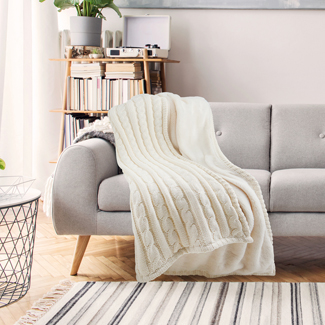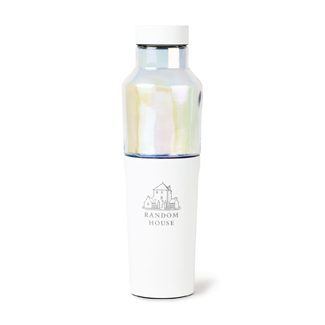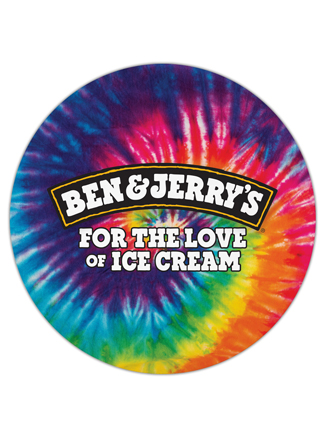The PPB Guide To Incentive Programs

Maintaining morale is important for all businesses, no matter the industry. Incentives and rewards have always driven the motivation and behavior to help ideas, industries and companies succeed. Incentives inspire the workforce, and the promo industry plays a crucial role in this lifecycle.
“Incentives are items that people are willing to change their behavior in some manner to be able to ‘earn.’ A successful program provides options that individuals desire enough to change their habits or increase performance because the offering is important to them in some way,” says Guy Achtzehn, president of Pennsylvania-based distributor The Marketing & Sales Group.
The economy depends on employees’ well-being. According to a 2013 Gallup report, unhappy workers cost the U.S. up to $550 billion in lost productivity each year. Most employees are disengaged and unsatisfied. A 2022 report found that only 32% of full- and part-time employees are engaged. Employee engagement has declined every year since 2020.
Incentives area great way to motivate a disengaged workforce.
Kasondra Crist, brand marketing specialist at Illinois-based distributor HALO, says, “A great incentive program inspires and motivates employees, utilizing products and daily communication, to keep them engaged and excited.”
The incentive theory by psychologist Clark Hull says that our actions are driven by our desire for external rewards. We are more likely to study for a test or meet a sales quota if there’s a meaningful and attainable reward like getting good grades or receiving a high-end, name-brand gift.
“Most people get excited when a new incentive plan is announced,” says Stacey Panassidi, senior sales and business executive at Massachusetts-based distributor Stran & Company. “It gives them new motivation to work harder and achieve more. It’s another reason to come to the office energized and use creativity to solve problems in the workplace. However, only the best programs actually achieve those outcomes. Plans that aren’t effective fail to motivate employees and ultimately fall by the wayside. The best plans incorporate training for their employees.”
According to a 2020 whitepaper, 92% of employees say that they’re more likely to repeat an action when they’re recognized for it. Incentives not only increase productivity and decrease employee turnover – but – they also attract new talent. According to Glassdoor, around 60% of job candidates report incentives and benefits as one of their top considerations before accepting a job.
“Selecting the gifts to make a program attractive to the participants takes information,” Achtzehn says. “In past programs, I’ve surveyed participants, asking about the top three things they like to do after work and on weekends; who is the most important person to them; would they rather entertain at home, work around the house, travel somewhere or lay on the couch if they had a free week? Questions to find out who they are. From there, you select based upon the answer. You’ll end up with luggage, popcorn machines, fishing rods, recliners and power tools in your program.”
To build a successful incentive program for your client, read on for insights and ideas from incentive experts.
Lay The Groundwork
It’s vital to create a program that the participants understand. Achtzehn recommends clear communication to employees: Explain everything, including the rules, award redemption and especially, their ability to see that the awards are attainable.
And don’t forget to promote it along the way. Get participants excited. Follow up with them on their performance and congratulate them as their successes come in. After all, that’s what it’s all about – recognizing performance.
Questions To Ask New Clients
Thomas Rector, CEO of Indiana-based distributor ScreenBroidery, says, “We work with our customers to help them really understand the recipient. We ask questions like, ‘What do you want the recipient to feel when they receive your gift? How should they react? What should they do? Why should they care? What personal passions does the recipient have?’ Once we understand these questions, we can craft a gifting program that is powerful and meaningful.”
Panassidi has a few suggested questions:
- Who is their end user? This will give me an idea of what types of products to show them.
- Does that end user work remotely or at the office? Again, give me an idea if they need items that work on the road or items that work on a desk.
- Do they have a firm in-hands date that they need delivery by?
- Do they have a budget? This is probably the most important question.
- What does their logo look like? Can they print it in one color if necessary for design or price?
- What have they done that has worked for them, and what have they done that hasn’t worked?
Achtzehn says, “This really depends on the needs of the client. But start off with why you are there.” He suggests reviewing past orders:
- What type of brand-named merchandise have you used in the past, and how have you used it?
- In your estimation, was the program successful? Why or why not?
“This is also a great time to let them know that you have relationships with brand names in your sales bag like Bulova, Fuji Cameras and more. Remember, brands are always more desirable than off-brands. If you are talking programs for sales incentives, safety incentives or recognition, there are particular questions for each to get the client's interest and let them know you are a professional.”
Crist says, “I am sure to always ask about upcoming events and/or ways they can utilize promo and branded apparel to promote and keep their brand in front of the community.”
Dawn Janis, MAS, market vice president at Competitive Edge, tries to find new clients’ pain points. “A new client would not be willing to talk to you if they are satisfied with their current vendor,” she says. “Find out what is not working, or what they cannot provide for the client, and be the hero by providing a solution.”
5 Steps To An Impactful Incentive Program
In this line of work, the paint by numbers approach rarely works, as no two clients are exactly alike. But Panassidi says there are a handful of guidelines worth following when creating any incentive program.
Step 1:
Consider the desired outcome of your incentive program. Be very clear about what it is you want people to be able to do or accomplish. In other words, target your audience.
Step 2:
Use incremental incentives for effective programs. If people do not believe the incentive program’s goals are realistic or that they are personally far from being able to come out on top at the end of the program, they are less likely to be motivated to participate. Offer appealing rewards.
Step 3:
Make incentives visible. At the end of the program, don’t forget to communicate the results with your audience. It is critical to clearly communicate the goals and the awards.
Step 4:
Focus on employee commitment to program goals. For any incentive program to have any drive and purpose to it, the target must be meaningful and motivational to the majority of individuals involved. Incorporate training to help them reach their stretch goals.
Step 5:
Establish rules of conduct for program participants. Establish ethical standards and rules to ensure appropriate practices and correct behavior for everyone involved. Align with your culture.
Packaging Matters
Achtzehn says, “On Christmas, you give someone a gift, beautifully wrapped, because they are special. They open it, and it’s a shirt. They hold it up and say ‘I love it!’ Give someone a shirt in our industry that is not wrapped, many times not even folded, and soon it becomes a car wash rag. Something worth putting your client’s name on should be worth presenting properly. Same with drinkware and brand name merchandise, which is always packaged to enhance the product. Packaging makes gifting, and gifting is what we do. Bottom line: Packaging makes the gift special.
Rector agrees that the unboxing experience matters, especially if you are trying to impress.
“A well-designed box can go a long way, and nowadays, they can be created in small quantities,” he says. “But it doesn’t always have to be a custom box. We have customers that use custom packaging tape, custom mailers and other subtle brand packaging like stickers. And for our customers who value sustainability, we are shredding their previous custom kit boxes and using the filler in future kits, projects and shipments. All of these measures have meaning and ultimately resonate with the person receiving the gift.”
Experts’ Product Picks
Janis says the perfect gift always varies. “I suggest something that will be used on a regular basis. Something the employee would not buy for themselves,” she says.

Rector says, “I think nice blankets are often overlooked. They are universal, so they fit in with every lifestyle. They are very functional and can be used for picnics, tailgating, camping, lazy Sundays or for decoration. They are not sized, so you don’t have to mess with complications in fulfillment. They can have subtle decoration to tie the recipient to something without limiting the utility. And importantly, they are personal enough to mean something when given.”
Fairdeal Import & Export / PPAI 190714, S4 / www.fiel.com

Crist says, “Full-color items that utilize imprints to the fullest I feel have the most impact. Anything from drinkware to grocery totes that utilize the maximum imprint potential.”
Gemline / PPAI 113948, S11 / www.gemline.com

Panassidi says, “My favorite premium that will always be eye-catching and memorable would have to be a towel. The ability to print a full-color design, the amount of space you have to decorate and the fact that people never throw out towels. Even when it’s old, they use it to wash their car. It’s a long-lasting, memorable item.”
Towel Specialties / PPAI 113150, S7 / www.towelspecialties.com
Incentives, Not Advertising
While promotional products are essential marketing elements for any brand, Guy Achtzehn, president of Pennsylvania-distributor The Marketing & Sales Group, says it's important to recognize the products earned through incentive programs are not the same as advertising.
Fill the program with merchandise that has maximum value to those participants. Brand names are a must, as is including items that might be gifted to an employee’s spouse, friends or family, and items that cover a wide range of wants.
“In my programs, I make sure we offer items for outdoor living, jewelry, sporting goods and housewares – all at the same time,” he says. “You never know what people want or need.”

